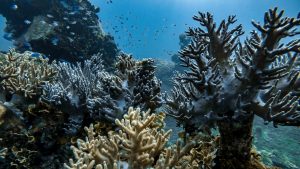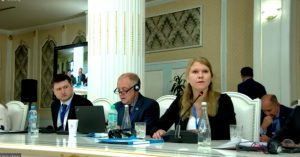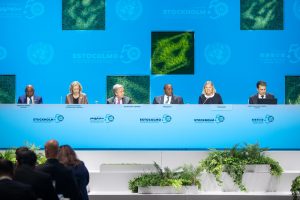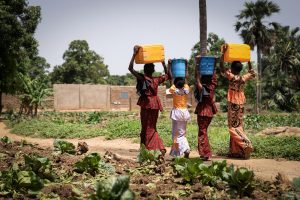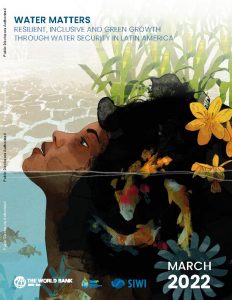- SIWI – Leading expert in water governance
- /
- Latest
- /
- A new regulation approach for the WASH sector
A new regulation approach for the WASH sector
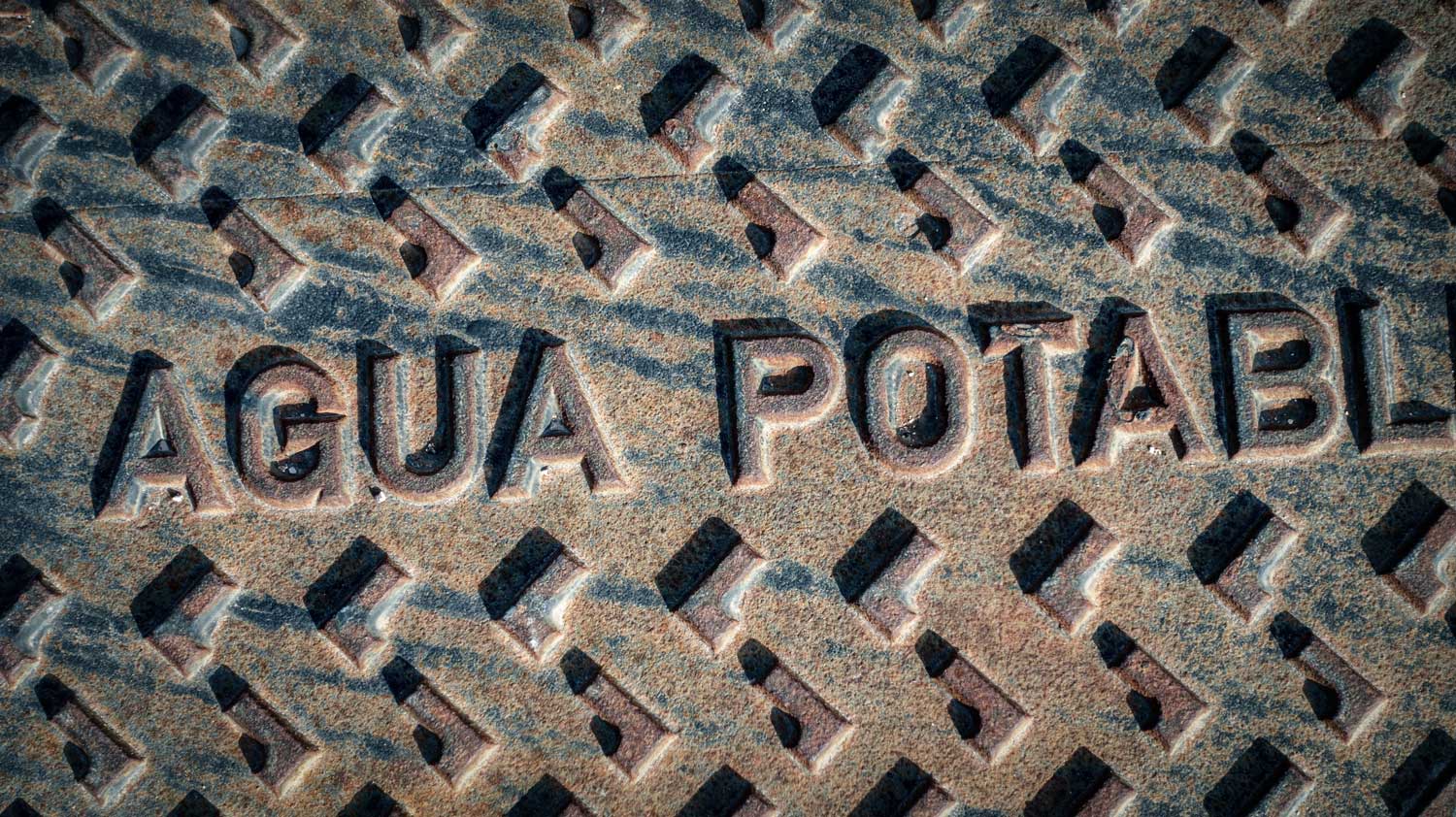 Image from Shutterstock
Image from Shutterstock The WASH Regulation (WASHREG) Approach is a new tool to help policy makers and those working within a regulatory capacity in the WASH sector, to understand WASH regulation better.
The Approach will provide clarity on the main areas of WASH regulation, whilst identifying any regulation gaps, and provide a conceptual roadmap for the various stages of regulatory reform. It will also clarify the roles and requirements of the various actors within WASH regulation and help to identify any barriers to the sustainable deployment of WASH services in an area.
The WASHREG products have been developed under the Accountability for Sustainability partnership, between UNICEF, SIWI and the UNDP-SIWI Water Governance Facility. The World Health Organization (WHO) and the Inter-American Development Bank (IADB) have also provided substantial inputs to the development of the WASHREG Approach package.
The WASHREG package has three products:
The WASHREG Approach: an Overview
This document is intended for policy makers and other sector professionals interested in understanding the conceptual framework of WASH regulation, and offers a brief introduction of the WASHREG approach.
The WASHREG Approach: Methodology
The WASHREG methodology is a multi-stakeholder diagnostic approach used to identify national regulation gaps and challenges in water and sanitation services provision. From the diagnosis, a set of actions and practical solutions can be developed, to help develop, strengthen, or align regulatory roles and responsibilities. The document provides a practical step-by-step guide to help countries identify and plan for implementing the best-fit solution to regulatory reform.
The WASHREG Approach: Action Sheets (under development)
The Action Sheets provide a set of real examples of how countries are addressing some elements of the different regulatory areas. The sheets are tools to be used as part of the WASHREG methodology.


